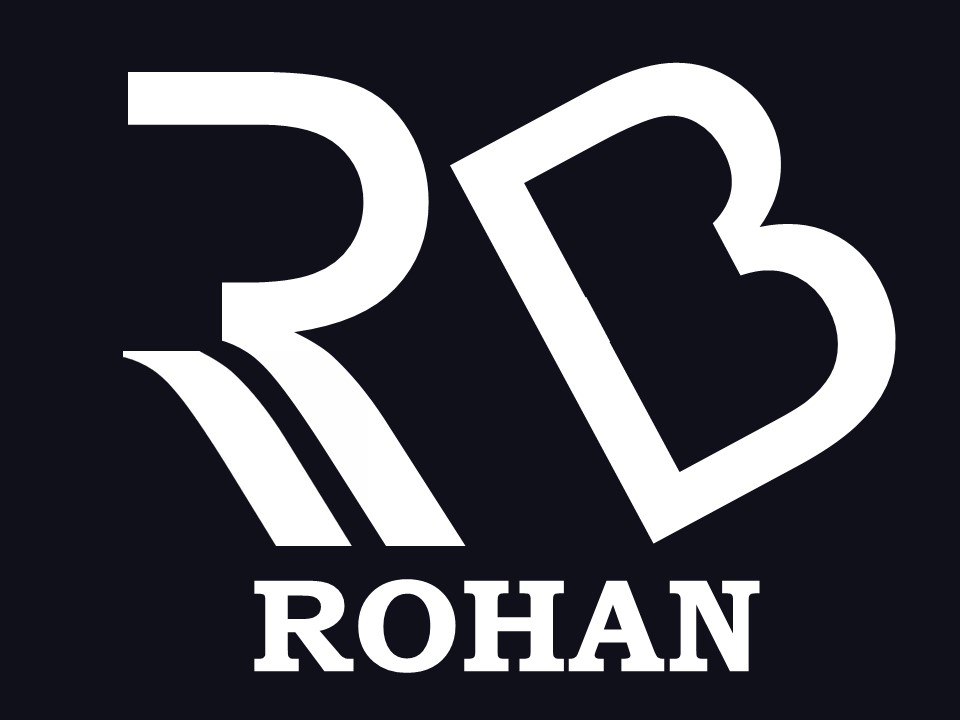The economy of Nepal
- Planned and Mixed Economy,
- Nepal's status in HDI
It is the type of economy that gives the government total control over the allocation of resources. A planned economy alleviates the use of private enterprises and allows the government to determine everything from distribution to pricing.
Planned economies basically give the government dictatorship type control over the resources of the country.Planned economies can provide stability, but also can limit the growth and advancement of the country if the government does not allocate resources to the innovative enterprises.
National Planning Commission:
The National Planning Commission (NPC) is the apex advisory body of the Government of Nepal for formulating a national vision, periodic plans and policies for development. It is headed by the Right Honorable Prime Minister. The NPC assesses resource needs, identifies sources of funding, and allocates budget for socio-economic development. It serves as a central agency for monitoring and evaluating development plans, policies, and programs.
Nepal started the planned development activities from 2013 BS( 1956) by 2064 10th Five years Periodic plans were over. The 11th Five years plan could not be implemented due to the political reversal in the nation. Consequently, an ad- hoc plan called Three Years Interim Plan was executed in 2064 as a continuation of the 11th plan. After it got over in 2066/067, the 12th Three Years Plan was implemented. Now the nation is running under the 13th Three Years Plan executed from the fiscal year 2070. It has kept a long term aim to make Nepal a prosperous nation.
Mixed Economy:
A mixed economy is the dominant economic structure in the world in which both the private enterprise and a degree of state monopoly (usually in public services, defense, infrastructure, and basic industries) coexist. All modern economies are mixed where the means of production are shared between the private and public sectors. Also called dual economy.
Features- Resources are owned both by the government as well as private individuals. i.e. co-existence of both the public sector and the private sector.
- Market forces prevail but are closely monitored by the government.
- Advantages
- Producers and consumers have the sovereignty to choose what to produce and what to consume but production and consumption of harmful goods and services may be stopped by the government.
- The social cost of business activities may be reduced by carrying out cost-benefit analysis by the government.
- As compared to the market economy, a mixed economy may have less income inequality due to the role played by the government.
- Monopolies may be existing but under the close supervision of the government.
What is human development?
Human development is defined as the process of enlarging people's freedoms and opportunities and improving their well-being. Human development is about the real freedom ordinary people have to decide who to be, what to do, and how to live.
The human development concept was developed by economist Mahbub ul Haq.What is the Human Development Index ( HDI)?
The Human Development Index (HDI) is a composite statistic of life expectancy, education, and income per capita indicators, which are used to rank countries into four tiers of human development.
Nepal's Status in HDINepal's performance in human development measures faltered in 2014, as the country fell one spot to 146th position in the latest Human Development Index (HDI) report on account of a rise in life expectancy and per capita income.
- Nepal ranked 146 among 188 countries in Human Development Report 2015 released on Monday by the United Nations Development Programme (UNDP).
- With a score of 0.548, Nepal is in the low human development category, among the 188 countries, the report revealed, suggesting Nepal to increase investment in agriculture, industry, and infrastructure to bridge the widening gap between rural and urban population.
- "Kathmandu has $2,764 per capita income on the basis of Purchasing Power Parity (PPP) compared to the national average of $1,160," the report states.
- As usual, Kathmandu ranks highest in human development with a score of 0.632, followed by Lalitpur, Kaski, Bhaktapur, and Manang districts, whereas Mugu, Bajhang, Kalikot, Humla, and Achham districts have the lowest human development, according to the report.
- Norway topped the list followed by Australia and Switzerland. In South Asia, India, Sri Lanka and Bangladesh are above Nepal, whereas Pakistan and Afghanistan are below Nepal. The HDI rank of Bangladesh and Pakistan is 142 and 147, respectively. India ranked lowest among the BRICS nations.
- The HDI is an average measure of basic human development achievements in a country. It is a summary measure for assessing long-term progress in three basic dimensions of human development a long and healthy life, access to knowledge, and a decent standard of living.
- The 2015 Human Development Report (HDR) Work for Human Development examines the intrinsic relationship between work and human development, according to UNDP.
- Work, which is a broader concept than jobs or employment, can be a means of contributing to the public good, reducing inequality, securing livelihoods, and empowering individuals, the report said.
- "Work allows people to participate in society and provides them a sense of dignity and worth.
- In addition, work that involves caring for others or voluntarism builds social cohesion and strengthens bonds within families and communities," the report said.


Post a Comment